Synopsis
Radium was discovered in 1898 by Marie and Pierre Curie.
- Programme: Chemistry: A Volatile History
- Episode: The Power of the Elements
- Channel: BBC Four
- Broadcast year: 2010
- Chemistry
Licence: ERA Licence required
UK only
Staff and students of licensed education establishments only
Cannot be adapted
Add Notes
More clips from Chemistry: A Volatile History
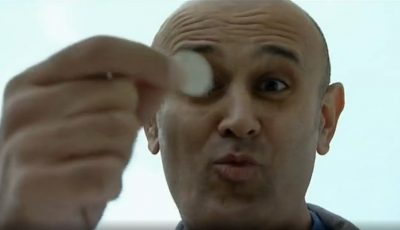
3: The Power of the Elements | Chemistry: A Volatile History
3: The Power of the Elements | Chemistry: A Volatile History
Jim Al-Khalili reveals the breakthroughs which harnessed elements' ability to release vast power, showing how sc...
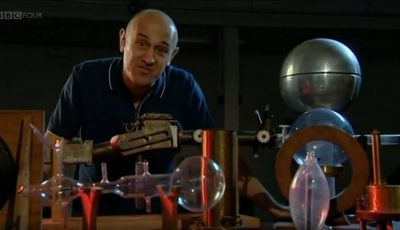
Alpha particles | Chemistry: A Volatile History
Alpha particles | Chemistry: A Volatile History
Rutherford stated the fact that most alpha particles go straight through foil is evidence for the atom being mostly empty spa...

Carbon bonds | Chemistry: A Volatile History
Carbon bonds | Chemistry: A Volatile History
Scott Cooper was fascinated by how carbon atoms combined with other atoms, inventing the notion of ''bonds''.
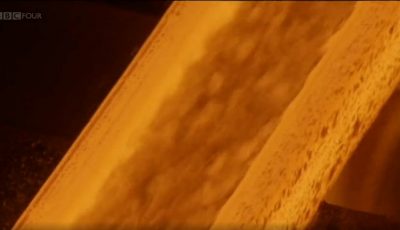
Iron compound and synthetic pigment | Chemistry: A Volatile History
Iron compound and synthetic pigment | Chemistry: A Volatile History
A demonstration of how Diesbach stumbled across the ingredients for the first synthetic paint.
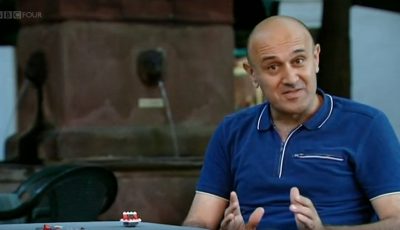
Isomers | Chemistry: A Volatile History
Isomers | Chemistry: A Volatile History
Jim Al-Khalili reveals the history of isomerism which was first noticed in 1827, when Friedrich Woehler prepared cyanic acid.
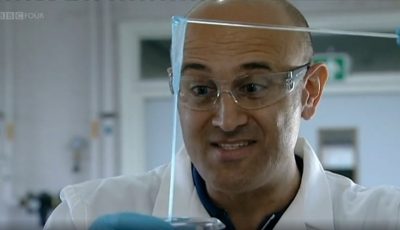
Nylon | Chemistry: A Volatile History
Nylon | Chemistry: A Volatile History
Jim Al-Khalili reveals the breakthroughs which harnessed elements' ability to release vast power, showing how scientists are trying to ...

Plutonium | Chemistry: A Volatile History
Plutonium | Chemistry: A Volatile History
Invented in 1940, scientists quickly realised plutonium was capable of undergoing nuclear fission.
More resources about Radioactivity and nuclear decay
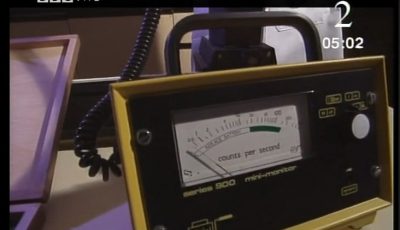
The properties of different types of radiation | Short Circuit
The properties of different types of radiation | Short Circuit
An explanation of how a radiation detector picks up different types of radiation.

03: Off the Scale | Richard Hammond's Invisible Worlds
03: Off the Scale | Richard Hammond's Invisible Worlds
Richard Hammond explores the miniature universe around us, from microscopic changes to ice crystals that can trigger a...

An Alpha, Beta and Gamma of Radioactivity | Short Circuit
An Alpha, Beta and Gamma of Radioactivity | Short Circuit
Bringing chemistry, physics and biology to life using real-life examples, 3D graphics and practical experiments.
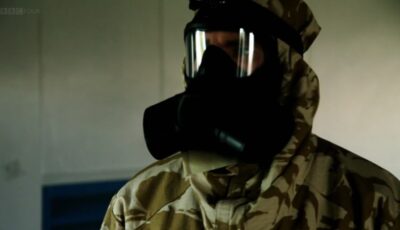
Chemical weapons | Inside Porton Down: Britain's Secret Weapons Research Facility
Chemical weapons | Inside Porton Down: Britain's Secret Weapons Research Facility
Introducing the idea of chemical and biological weapons, leading onto pathogens.
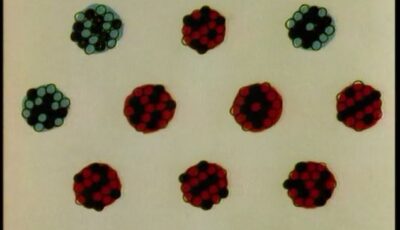
Half-life | Short Circuit
Half-life | Short Circuit
Spec references J249: P6.1j, P6.2b J250: P4.3j. Explanation and animation - Nuclear decay is random. Half-life.
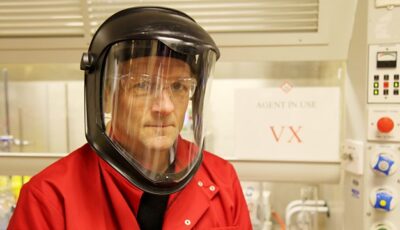
Inside Porton Down: Britain's Secret Weapons Research Facility
Inside Porton Down: Britain's Secret Weapons Research Facility
Michael Mosley investigates Porton Down, Britain's most secretive and controversial military research base. He...
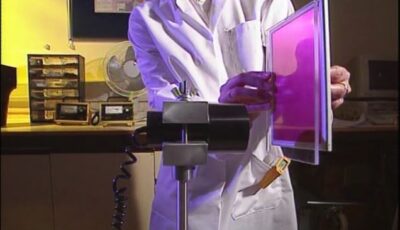
Lab demonstration of alpha beta gamma penetration properties. | Short Circuit
Lab demonstration of alpha beta gamma penetration properties. | Short Circuit
Spec references J249: P6.1l J250: P4.3l. Laboratory demonstration of the penetration propertie...
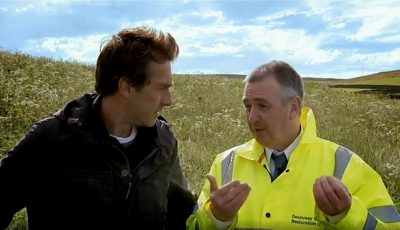
Radioactive particle clean up mission | Bang Goes the Theory
Radioactive particle clean up mission | Bang Goes the Theory
Following a leak of thousands of radioactive particles in the 60's, a team at Dounreay are attempting to find an...
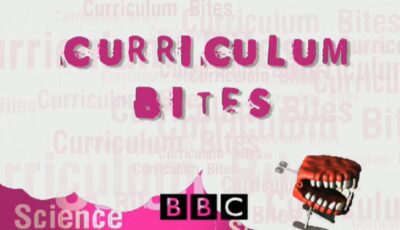
Radioactivity | Curriculum Bites
Radioactivity | Curriculum Bites
Schools science programme where topics in the double science curriculum are broken down into small chunks.

Radioactivity | Short Circuit
Radioactivity | Short Circuit
Bringing chemistry, physics and biology to life using real-life examples, 3D graphics and practical experiments.
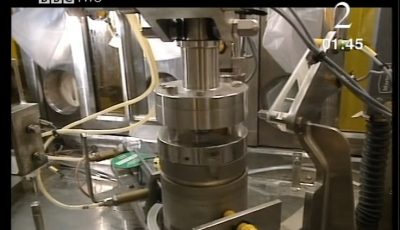
Types of nuclear radiation | Short Circuit
Types of nuclear radiation | Short Circuit
An explanation of alpha, beta and gamma radiation.
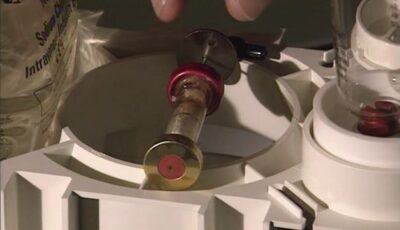
Using radioactive tracers for bone scans (1) | Short Circuit
Using radioactive tracers for bone scans (1) | Short Circuit
Spec references J249: P6.2c, P5.2i. Preparation and administration of a tracer for a bone scan of a rower.
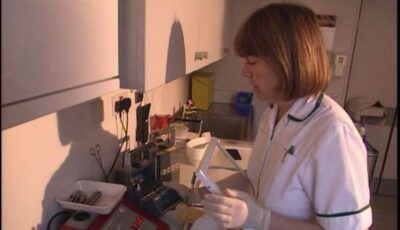
Using radioactive tracers for bone scans (2) | Short Circuit
Using radioactive tracers for bone scans (2) | Short Circuit
Spec references J249: P6.2c, P5.2i. Preparation and administration of a tracer for a bone scan of a rower.
More from Jim Al-Khalili
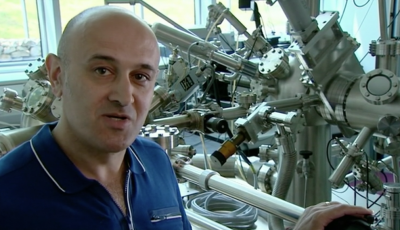
2: The Order of the Elements | Chemistry: A Volatile History
2: The Order of the Elements | Chemistry: A Volatile History
Professor Jim Al-Khalili looks at how the early scientists' bid to decode the order of the elements was driven b...
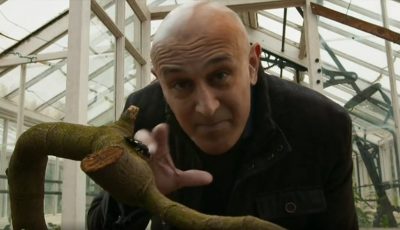
Einstein and the beetle | Gravity and Me: The Force that Shapes our Lives
Einstein and the beetle | Gravity and Me: The Force that Shapes our Lives
Professor Jim Al-Khalili explains Einstein's analogy of gravity that he told his son to explain his...
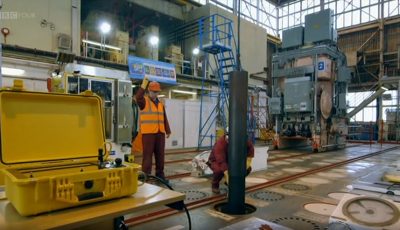
Prof Jim Al Khalili goes inside Calder Hall for his first look inside the core of a nuclear reactor | Britain's Nuclear Secrets: Inside Sellafield
Prof Jim Al Khalili goes inside Calder Hall for his first look inside the core of a nuclear reactor | Britain's Nuclear Secrets: Inside Sellafield
Nuclear physicist Professo...
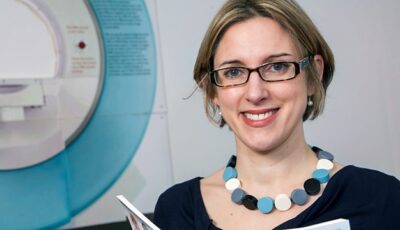
Sarah-Jayne Blakemore on teenage brains | The Life Scientific
Sarah-Jayne Blakemore on teenage brains | The Life Scientific
Professor Sarah-Jayne Blakemore talks to Jim Al-Khalili about her research on the developing teenage brain.
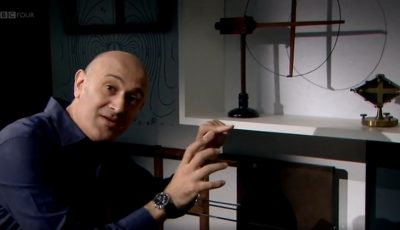
The race to prove Maxwell's theory | Shock and Awe: The Story of Electricity
The race to prove Maxwell's theory | Shock and Awe: The Story of Electricity
Jim Al-Khalili explains how physics professor Oliver Lodge proved Maxwell's theory that electrom...

Fukushima: Is Nuclear Power Safe? | Horizon
Fukushima: Is Nuclear Power Safe? | Horizon
Six months after the explosions at the Fukushima nuclear plant in Japan, Professor Jim Al-Khalili sets out to discover whether nu...
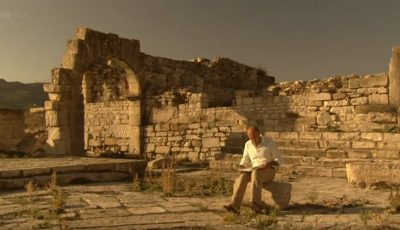
Al-Khwarizmi's digit and numerical system | Science and Islam
Al-Khwarizmi's digit and numerical system | Science and Islam
Jim Al-Khalili explains how our numerical system spread to Europe through the work of the Arabic mathematician ...
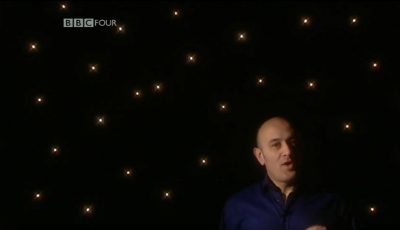
The big bang and the creation of hydrogen and helium | Atom
The big bang and the creation of hydrogen and helium | Atom
George Gamow believed that helium existed in the universe before the sun and the stars were formed.
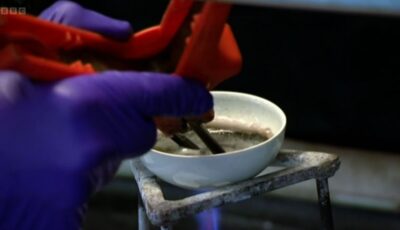
Electrolysis - Discovery of Potassium | Curriculum Bites
Electrolysis - Discovery of Potassium | Curriculum Bites
Spec references J248: C3.4b J250: C3.4b. Professor Jim Al-Khalili recreates the electrolysis experiment that lead to...
